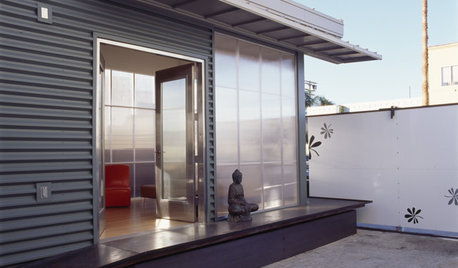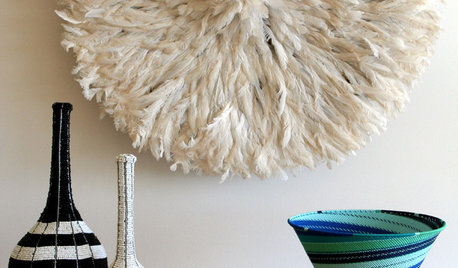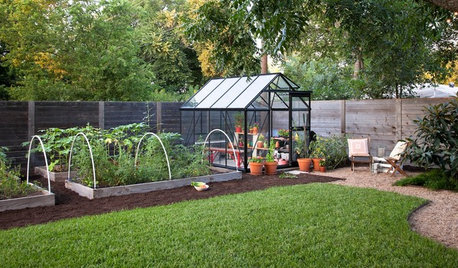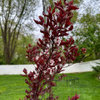Are Asian pears the king...
allenwrench
15 years ago
Featured Answer
Sort by:Oldest
Comments (31)
fruitnut Z7 4500ft SW TX
15 years agodenninmi
15 years agoRelated Professionals
Wrentham Landscape Architects & Landscape Designers · East Rancho Dominguez Landscape Architects & Landscape Designers · Simi Valley Landscape Architects & Landscape Designers · Zion Landscape Architects & Landscape Designers · Arlington Landscape Contractors · Desert Hot Springs Landscape Contractors · Glendale Heights Landscape Contractors · Golden Landscape Contractors · Hicksville Landscape Contractors · Long Branch Landscape Contractors · Paramus Landscape Contractors · Ramsey Landscape Contractors · White Bear Lake Landscape Contractors · Lauderdale Lakes Landscape Contractors · Hueytown Landscape Contractorssakura2006
15 years agoglenn_russell
15 years agodenninmi
15 years agoalexander3_gw
15 years agocalifornian
15 years agoScott F Smith
15 years agowillyt
15 years agoScott F Smith
15 years agoEmbothrium
15 years agoallenwrench
15 years agoallenwrench
15 years agoallenwrench
15 years agotcstoehr
15 years agoScott F Smith
15 years agoeddie1
15 years agoallenwrench
15 years agomrfixit37
15 years agofruitnut Z7 4500ft SW TX
15 years agodjofnelson
15 years agoglenn_russell
15 years agoglenn_russell
15 years agomaryhawkins99
15 years agoscaper_austin
15 years agologger09
15 years agodenninmi
15 years agoalan haigh
15 years agoglib
15 years agochrishibbard7_yahoo_com
14 years ago
Related Stories

EDIBLE GARDENSHow to Grow Your Own European and Asian Pears
Try these trees for their good looks, delicious fruit and wide range of sizes — plus you can espalier them
Full Story
EDIBLE GARDENSWhy Grow Quince? For Beauty, Fragrance and Old-Time Flavor
Delightfully perfumed fruit and lovely spring blossoms make this apple and pear cousin worth a spot in the garden
Full Story
HOUZZ TOURSHouzz Tour: A Sleek Prefab Warms Up
Asian touches, furniture and finishes turn a showhouse into a home
Full Story
DECORATING GUIDESCulture an African Look With Artifacts
A ceremonial headdress, a carved wood stool for a king ... African artifacts bring culture and significance to the home
Full Story
HOUZZ TOURSMy Houzz: Eclectic Treasures Warm a Dallas Home
Asian art, ethnic textiles and curated pieces take a Texas home from '70s swank to sophisticated style
Full Story
FUN HOUZZDo You Dare Bring Home Some Liberace Razzle-Dazzle?
A new HBO movie highlights the ultimate showman's over-the-top bling all around the house
Full Story
EDIBLE GARDENSA Formerly Weedy Lot Now Brims With Edibles and Honeybees
Photographers transform their barren backyard into an oasis filled with fruit, vegetables, honey, eggs and more
Full Story
FURNITUREArmoires Travel From Ancient Rome to High-Style Storage
Go ahead, be possessive — this beautiful furniture piece with a rich history gives your treasures a proper home
Full Story
LANDSCAPE DESIGNKoi Find Friendly Shores in Any Garden Style
A pond full of colorful koi can be a delightful addition to just about any landscape or garden
Full Story
PATTERNHistory Comes Home: The Story of Toile
Woodcut-Inspired Toile Adds Delicate Color and Pattern to a Room. Is It for You?
Full Story









denninmi